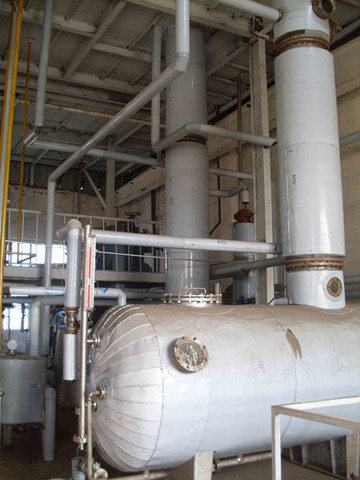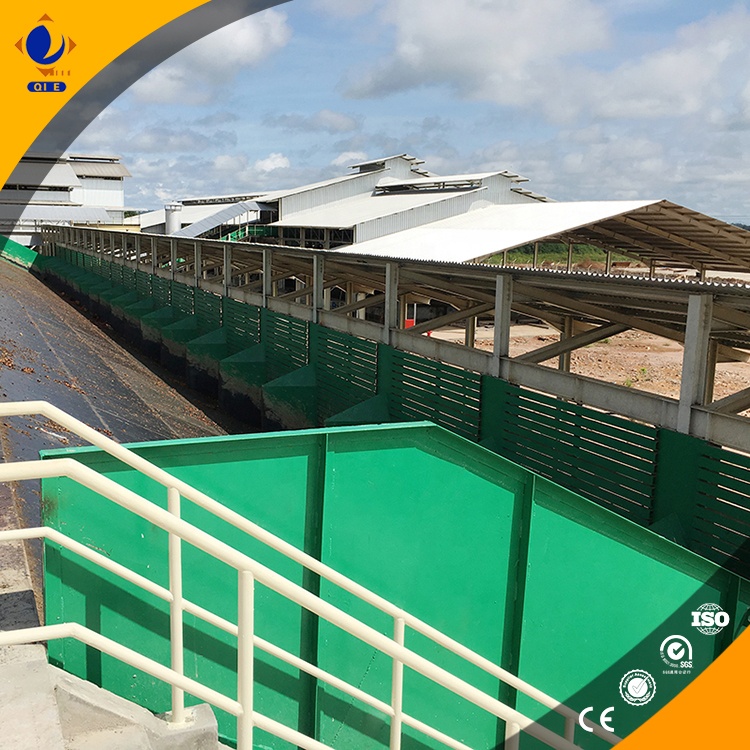
In the competitive global edible oil market, the quality and purity of rice bran oil significantly impact its export potential. Designing an efficient, export-grade rice bran oil refining production line demands meticulous selection and integration of key refining equipment — spanning from degumming to deodorization phases. This article delves into the step-by-step configuration and optimization of refining machinery, emphasizing critical process principles, equipment choices, and practical strategies that elevate oil quality while aligning with stringent national and international standards.
Refining rice bran oil is a multi-stage process designed to remove impurities, improve flavor, and extend shelf life. The core refining steps include:
Each stage incorporates physical and sometimes chemical methods, where equipment precision directly affects oil quality. For example, physical refining is often preferred for export-grade rice bran oil due to lower chemical residues and higher yield.
| Refining Stage | Typical FFA Reduction (%) | Key Equipment | Process Highlights |
|---|---|---|---|
| Degumming | N/A | Degumming tank, centrifuge | Hydratable gum separation with minimal oil loss |
| Neutralization | ~3-5% to <0.2% | Caustic neutralizer, centrifuge | Effective removal of FFAs with efficient soap separation |
| Bleaching | N/A | Bleaching earth feeder, vacuum filter | Adsorption of pigments and oxidation catalysts |
| Deodorization | Removes 90-95% volatile odor compounds | Deodorizer with steam heating system | High vacuum & temperature controls ensure flavor preservation |
Choosing the right machinery for each step is pivotal to ensure optimal oil quality and operational efficiency. Key considerations include:
For example, the choice between physical and chemical neutralizers depends on the FFA level and the desired end product characteristics. Physical refining — which involves steam deacidification in deodorization — generally requires highly specialized deodorizing equipment with precise vacuum and temperature control.

A mid-sized Indonesian rice bran oil producer recently upgraded to an export-grade refining line configured for 15 tons per hour. Implementation highlights included:
Post-implementation, the company reported a 15% increase in oil clarification and free fatty acid reduction to below 0.1%, surpassing export standards. These performance metrics translated to enhanced shelf life and better market positioning internationally.

Consistent adherence to quality benchmarks such as iodine value, FFA content, moisture level, and permissible contaminants is imperative for export eligibility. Proper equipment configuration ensures the production line achieves these benchmarks with minimal reprocessing.
Investment in equipment that supports modular upgrades, precise process control, and ingredient traceability can substantially elevate brand reputation and trust in bulk buyers, distributors, and retailers worldwide.

Facility managers and technical directors must carefully evaluate refining process parameters and equipment integration to balance throughput, energy consumption, and product quality for export compliance.
Explore tailored Export-Grade Rice Bran Oil Refining Solutions designed to optimize your production efficiency, improve oil quality, and elevate your international competitiveness. Our expert consultation and customizable equipment packages empower food processors to meet evolving market demands confidently.

